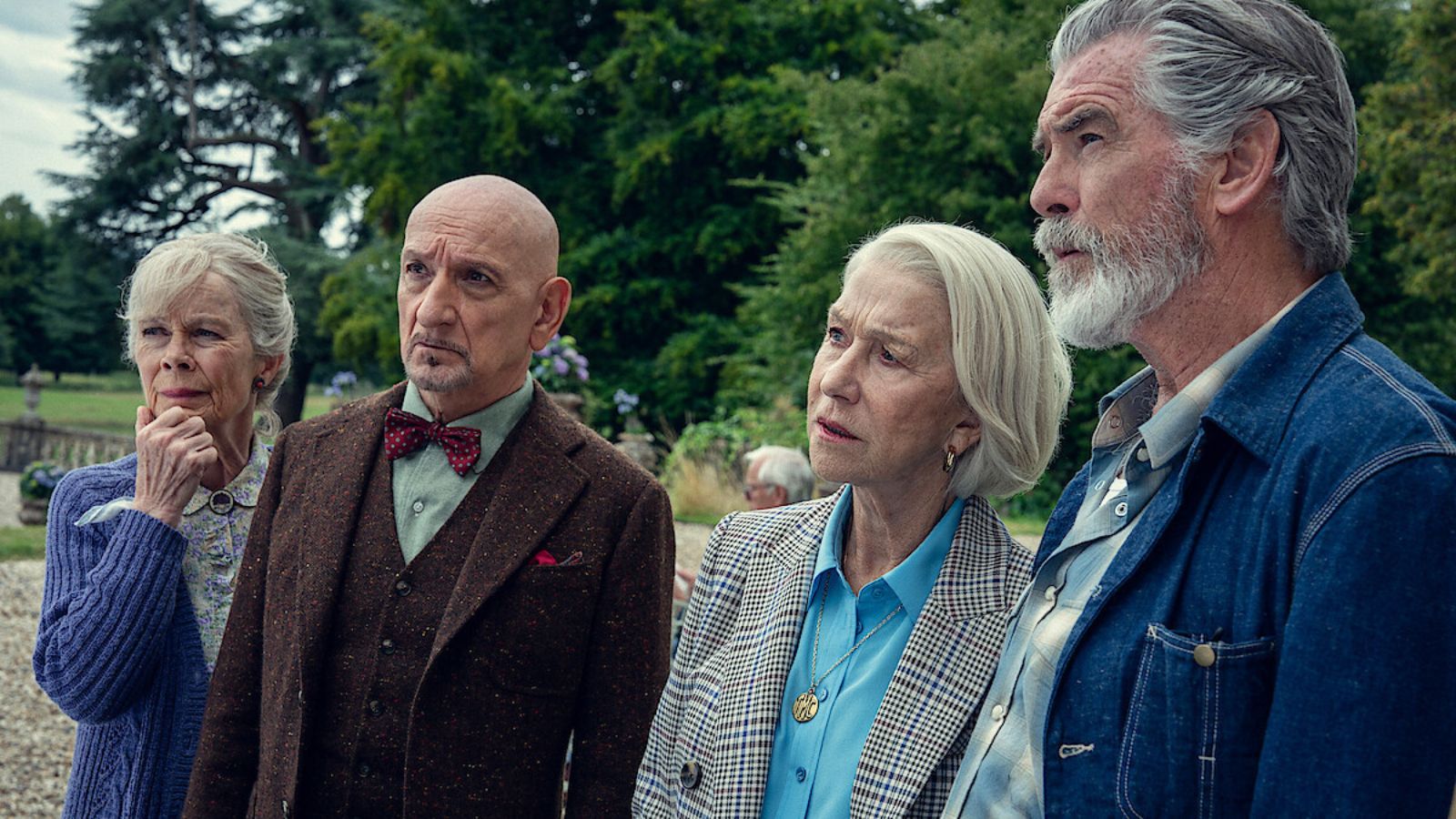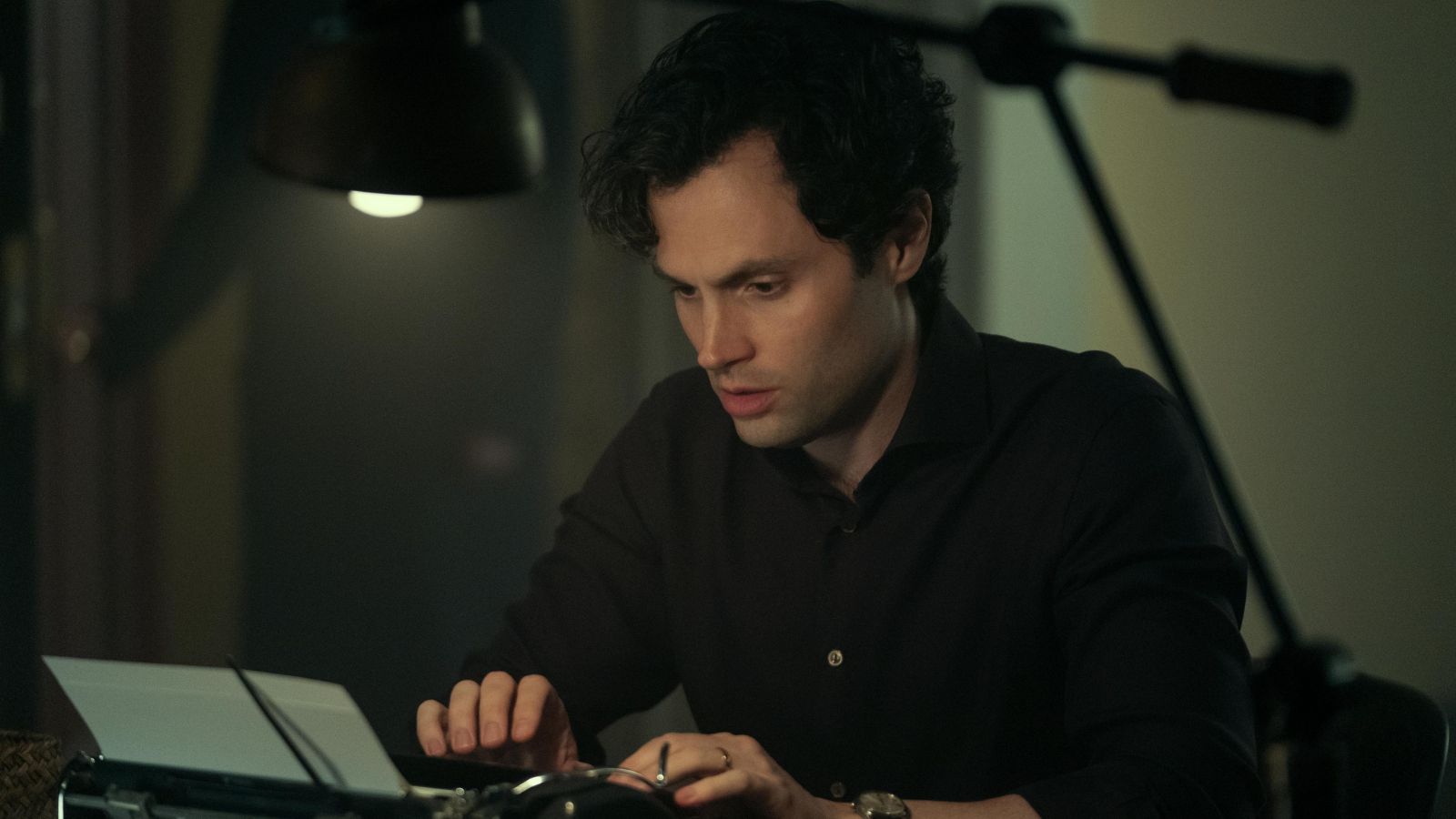
Sonos’ Recycling Practices are Causing Negative Backlash and Confusion
- Sonos is bricking old devices via permanent and irreversible deactivation firmware updates.
- Hundreds of perfectly operational devices are being scrapped, burdening the environment.
- People are selling these devices and are tricking victims into believing they bought a Sonos speaker on a bargain.
A few days ago, a Twitter user has brought a bizarre recycling process by Sonos to the public’s attention. According to the man’s reports, the quality speakers manufacturer was bricking the devices of customers who agreed to take part in their “trade-up” program, rendering them only good for scrapping. As these devices were perfectly operational the moment before, and considering the high build quality that Sonos products have in general, they could be sold for at least $200 instead of becoming as good as garbage.
Anyone even remotely familiar with recycling can tell you the mantra "reduce, reuse, recycle." Recycling takes energy and, while it saves materials, reuse is always better.
Sonos is throwing any claimed environmental friendliness in the trash in order to sell more speakers. pic.twitter.com/4yL4XKZfvQ
— walking mirage (@atomicthumbs) December 27, 2019
Sonos is doing this as part of their “trade-up program”, giving a 30% deal to legacy owners on a new purchase over the 21 days that follow after the permanent deactivation of the device. The weird part is that this deactivation is not recoverable, so the speakers are essentially bricked once and for all, even if a firmware downgrade is attempted. The products that are eligible for taking part in this program are Connect, Connect: Amp, ZP90, ZP80, ZP100, ZP120, and Play:5 (Gen 1). So, this is neither environmentally friendly nor makes much economic sense for the customer. It does make perfect business sense for Sonos though, who will sell new speakers while taking out old ones from the market.
This story generated negative publicity and community backlash, so Sonos had to provide an official statement, and they did. This is what they told on “The Verge”:
“The reality is that these older products lack the processing power and memory to support modern Sonos experiences. Over time, technology will progress in ways these products are not able to accommodate. For some owners, these new features aren't important. Accordingly, they may choose not to participate in the Trade Up program. But for other owners, having modern Sonos devices capable of delivering these new experiences is important. So the Trade Up program is an affordable path for these owners to upgrade. For those that choose to trade-up to new products, we felt that the most responsible action was not to reintroduce them to new customers that may not have the context of them as 10+ year-old products, and that also may not be able to deliver the Sonos experience they expected.”
All of the products that are eligible for the trade-up program are over ten years old, so Sonos’ statement about them being outdated and lacking the processing power to deliver an up-to-date experience is valid. However, these speakers would still be perfect for people who don’t care about AI-supported voice-control tech or Bluetooth connectivity. Whatever the case, people are now buying second-hand bricked Sonos speakers without knowing, some have activated the process by mistake, and others are plainly angry about how the firm’s “green policies” are unfolding in this day and age.
What is your opinion on the above? Would you buy a Sonos product considering the company’s recycling approach? Let us know in the comments down below, or join the discussion on our socials, on Facebook and Twitter.





